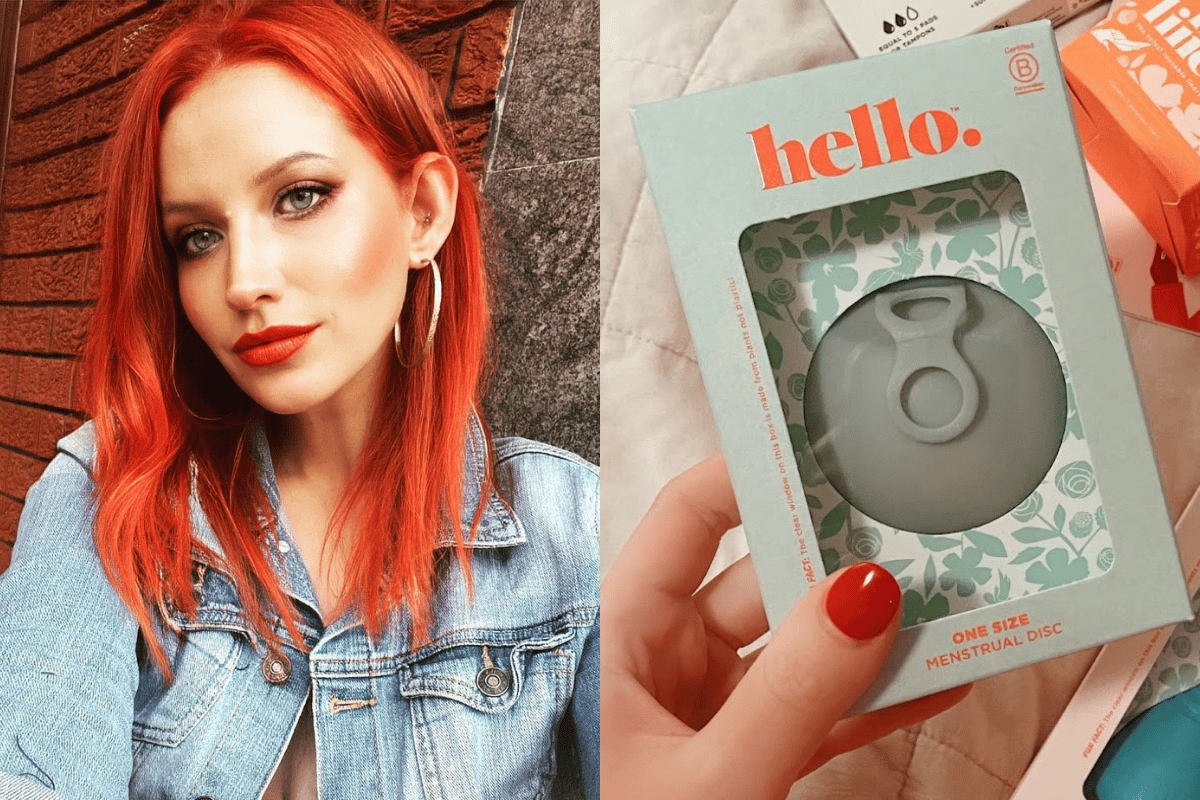
I try to live sustainably, I really do. I compost all kitchen scraps, recycle almost everything else, and try to buy nothing new. I thought I had only two areas I could really improve on – an EV, and solar panels – and then, I learned about period waste.
Obviously I had an inkling that my plastic-wrapped tampons weren’t great. But I need something to bleed on, and by making sure that the wrappers went in with the soft plastics, and the box with all the cardboard, I thought I was doing my bit.
Turns out that the problem is significantly larger than that, though. Many tampons also incorporate plastic into the absorbent part. A thin layer can help hold the tightly packed cotton together, and the string can be made of polyester, or a thermoplastic polymer.
Watch: If your period was a person. Post continues below.
On any given day, about 300 million people are menstruating. Many of them are looking at around 40 years of purchasing plastic-centric period products that will still be in existence 300 to 500 years after their one brief use.




























































































